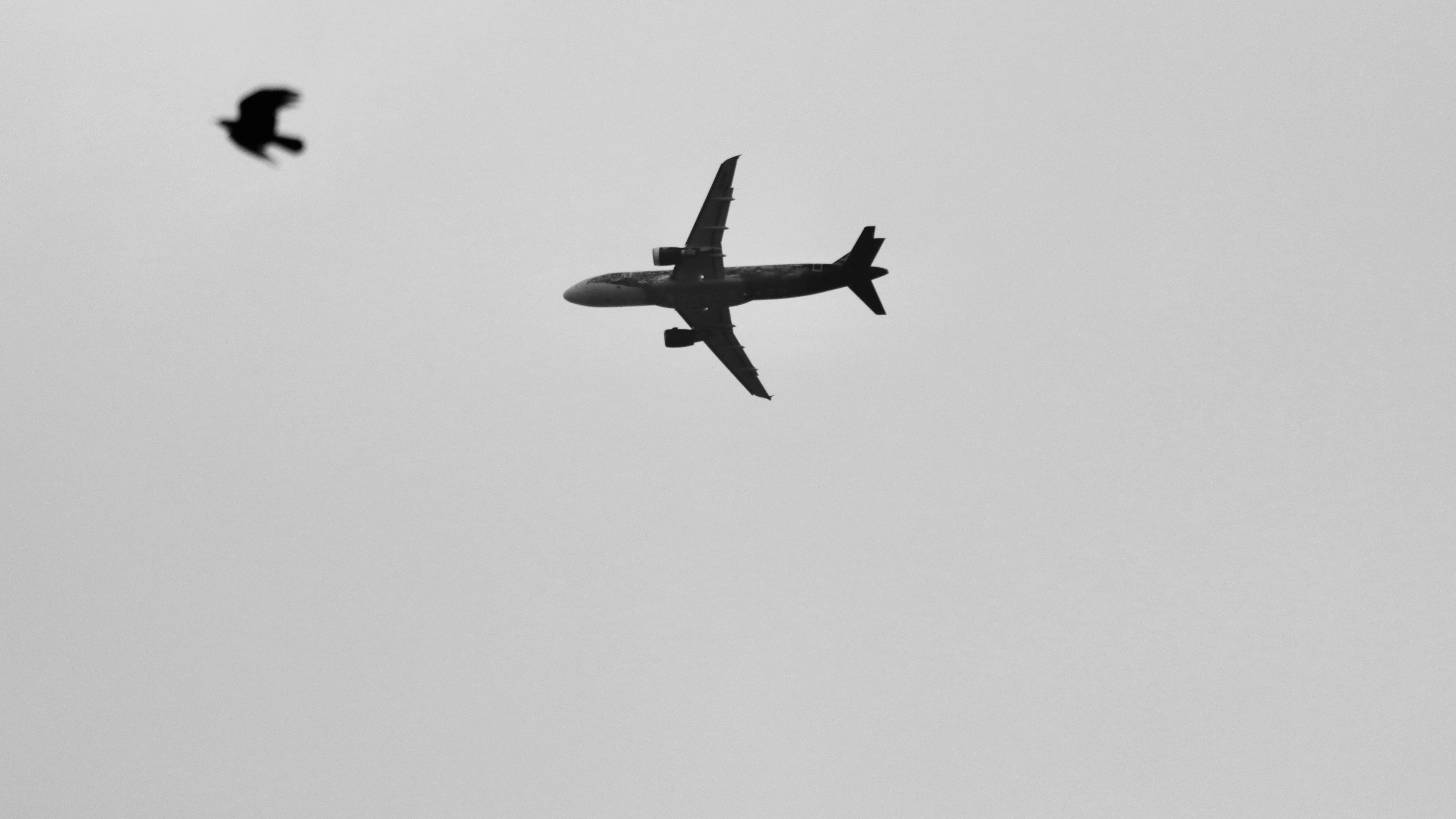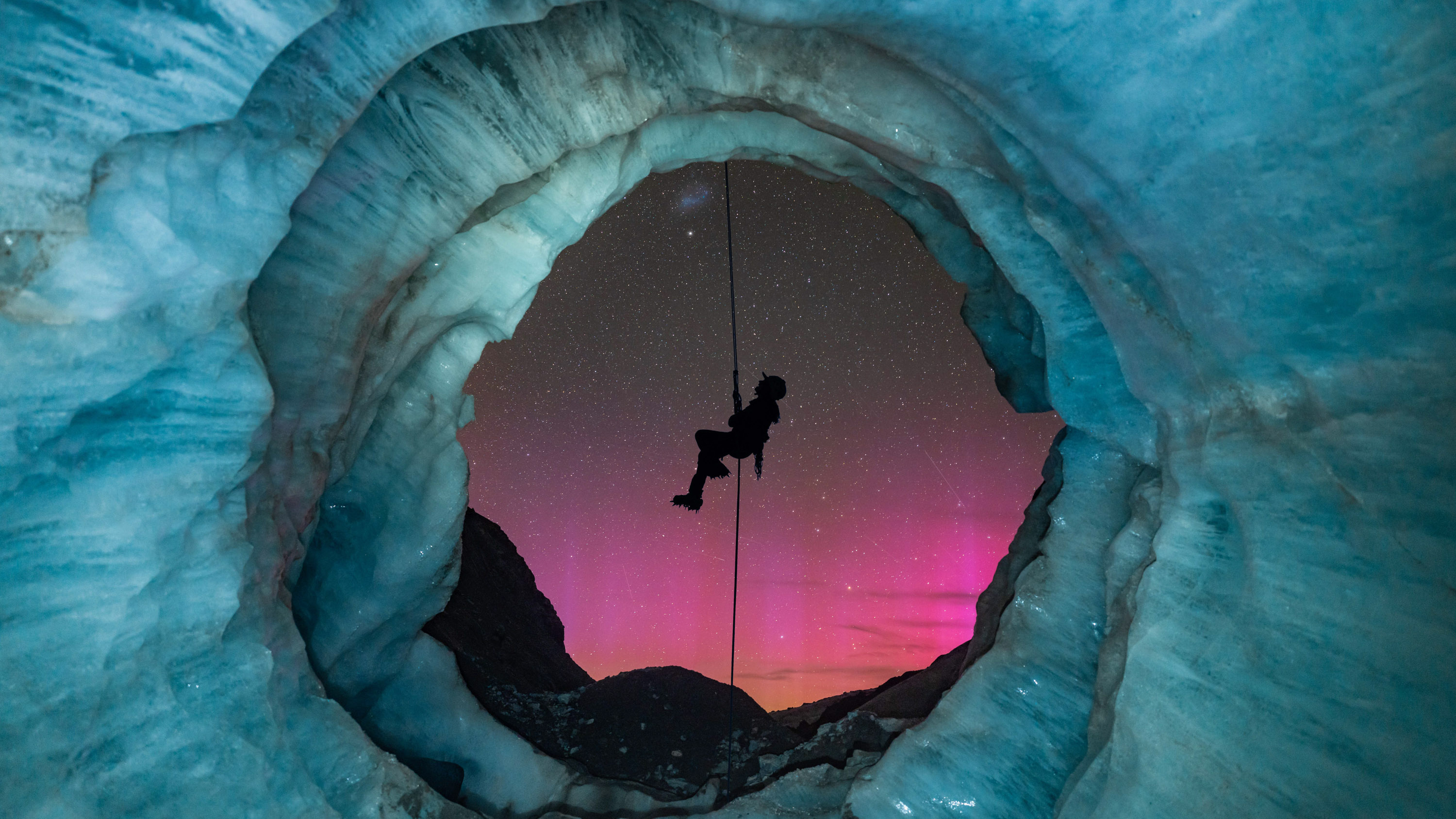South Korea orders airports to install bird detection cameras after plane crash kills 179 people
All airports will get thermal imaging cameras to prevent wildlife-related plane accidents which costs an estimated US$124 million

The South Korean government has ordered all its airports to install bird detection cameras and radars in response to the country's worst-ever aviation disaster last December – which killed 179 people.
Last week, investigators said they found evidence of a bird strike on the Boeing 737-800 plane, as feathers and blood were found on both engines.
Two people survived the plane crash on the Jeju Air flight from Thailand to Muan in South Korea’s southwest on December 29, when it belly-landed at Muan airport and exploded in a ball of fire, colliding with a concrete barrier.
“All airports will be equipped with at least one thermal imaging camera,” said the Ministry of Land, adding it aims to begin the rollout next year. Mobile sonic devices will also be implemented mainly to deal with “medium- and large-sized birds”.
The bird radar detects the size of the bird and its flight path, and this information will be relayed to air traffic controls, who will in turn communicate with the pilot.
Currently, only four airports in Incheon, Gimpo, Gimhae and Jeju Island have thermal-imaging cameras for bird detection, according to state news agency Yonhap.
The investigation as to exactly what happened is still ongoing, but what is known is that three minutes after pilots made contact with the airport, the control tower advised the crew to be cautious of “bird activity”.
The best camera deals, reviews, product advice, and unmissable photography news, direct to your inbox!
Two minutes later the pilot reported that the plane had struck a bird and declared a mayday signal. The pilot then requested permission to land before pulling out of a first landing attempt. The plane crashed on its second attempt when the landing gear did not emerge.
Flight data and cockpit voice recorders stopped recording four minutes before the disaster, an investigation into the black boxes later found.
According to the University of British Columbia, bird-aircraft strikes pose a significant hazard to aircraft, pilots, and passengers, and in 2020 alone, the projected cost of wildlife strikes totaled $124 million / £99.5 million / AU$197 million.
On a slightly different note, why not take a look at our guides to the best bird box camera, the best lenses for bird photography, and the best bird feeder cameras.

After graduating from Cardiff University with an Master's Degree in Journalism, Media and Communications Leonie developed a love of photography after taking a year out to travel around the world.
While visiting countries such as Mongolia, Kazakhstan, Bangladesh and Ukraine with her trusty Nikon, Leonie learned how to capture the beauty of these inspiring places, and her photography has accompanied her various freelance travel features.
As well as travel photography Leonie also has a passion for wildlife photography both in the UK and abroad.
You must confirm your public display name before commenting
Please logout and then login again, you will then be prompted to enter your display name.
